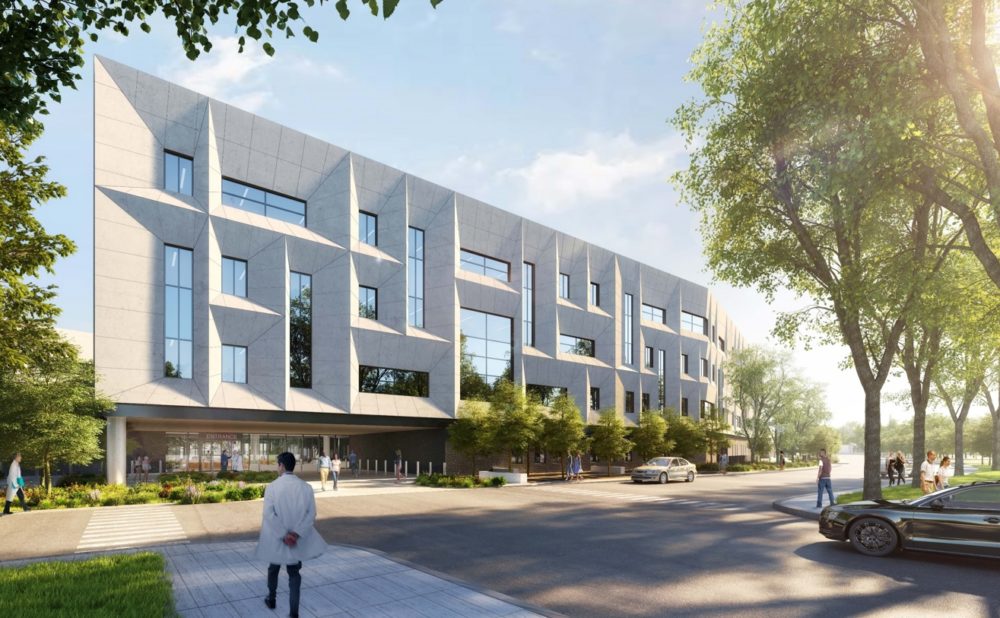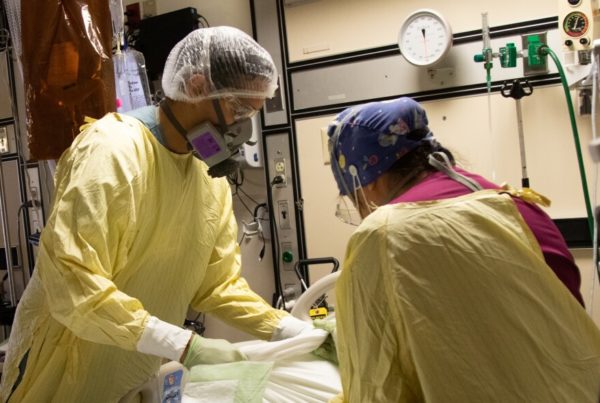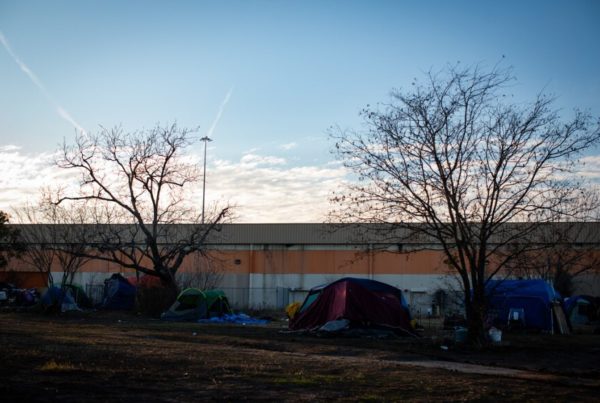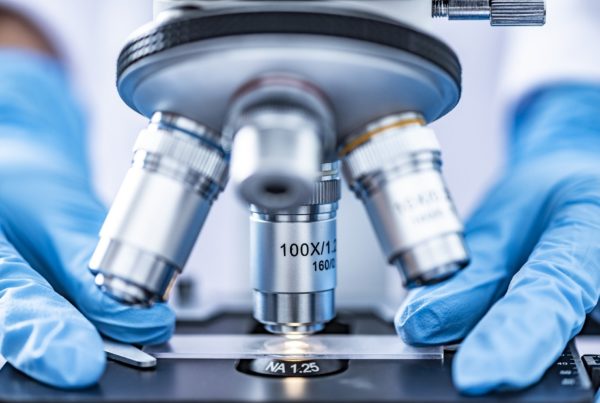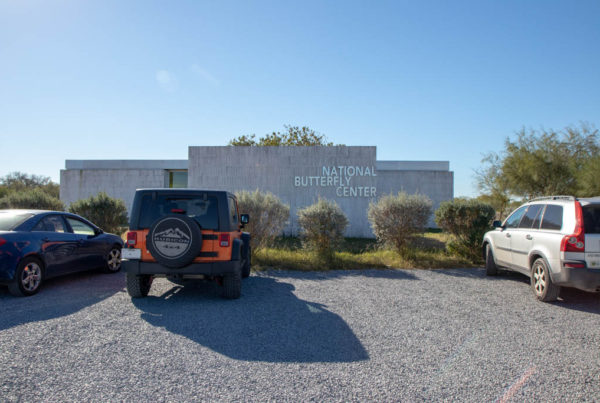A new 264-bed state psychiatric facility in Houston opened this week, and will start accepting patients in March. The John S. Dunn Behavioral Sciences Center is an addition to the existing UTHealth Harris County Psychiatric Center, and will serve the city of Houston as well as 29 surrounding counties.
In 2017, the Texas Legislature approved state funding for the $127 million project, and the Texas Health and Human Services Commission, in partnership with the University of Texas Health Science Center at Houston, led its construction. The goal was to help alleviate strain on the state’s existing psychiatric facilities.
Dr. Lokesh Shahani, a psychiatrist and the chief medical officer at the new hospital, spoke to Texas Standard about how the hospital will serve patients and whether one new hospital is enough to ease an overburdened state psychiatric system. Listen to the interview with Dr. Shahani in the audio player above or read the transcript below.
This interview has been edited lightly for clarity.
Texas Standard: Can you describe what the new center is like and the kinds of treatments it will offer?
Dr. Lokesh Shahani: We’d be opening a brand new hospital building right next to our current existing building. Our current existing building is called UTHealth Harris County Psychiatric Center. It’s a 274-bed hospital, and right next door is this new 264-bed hospital. So, combined, we’re gonna have 538 inpatient-psychiatry beds for the community. It’s going to be the largest academic psychiatry hospital in the nation. We’re going to be the largest ever and we’re definitely going to be the best in the nation, that’s kind of the motto we’re going forward with.
Access to inpatient psychiatry beds is a challenge both nationally as well as at a state level, so we obviously will promote access to inpatient psychiatry treatment. But more than that, what we really believe is we can develop new and innovative ways of treating patients with significant mental illness. What we want to do is develop an individualized and personalized level of care for our patients.
A public psychiatric hospital hasn’t been built in Texas for over two decades. Why is one being built now? What changed?
The first big reason is access to some of them has been a little difficult, especially based on the growing mental health pandemic in our community. We call it the silent pandemic, the mental health pandemic that’s been growing in the past couple of years, where getting into inpatient-psychiatry beds is becoming difficult because of the number of people needing it. The other big reason is there are times when you need newly improved treatment for outpatients. You know, it’s almost like not one shoe fits all; people with different psychiatric illnesses need different types of treatment.
The other additional thing that this hospital is going to add for our community is it’s going to provide a continuum of care. If you have a bad heart condition or a stroke, you tend to get admitted to an ICU floor. From there, once you feel a little better, you step down to a more regular medical bed. From there, you transition to a skilled rehab facility and then go home. That’s something that’s missing for psychiatry. For patients who have an acute psychiatric illness, they get admitted to an inpatient psychiatry hospital, stay around seven to 10 days, but after that, the resources available in the community are very scarce.
What we plan to do is, if someone has a severe mental illness, they get admitted for acute psychiatric care for seven to 10 days in our acute unit. We step them down to what we call a “subacute level of care,” where a lot of their treatment is focused on rehabilitation, integrating them back in the community — that’s something that’s going to be brand new. And at this level, it’s probably not available anywhere in the country, and that’s something that’s really exciting for us.
You mentioned the “silent pandemic,” and we’ve been hearing and reading quite a lot about adolescents struggling, in particular. What populations do you anticipate this new hospital serving?
This hospital will serve everyone in our community. We are planning to open a child-and-adolescent psychiatry unit within our hospital.
There’s been lots of reporting and many conversations surrounding the overburdened public psychiatric resources in Texas. Will one hospital be enough? Can one hospital carry that burden?
One hospital is not enough to solve the burden of our entire state. And I really appreciate what the Texas Health and Human Services Commission [HHSC] is doing for us. They are investing in a lot more resources and building other hospitals throughout our state. I know about the Austin State Hospital, the San Antonio State Hospital, ramping up their services. I also know about talks going on with UT Southwestern in Dallas to increase access to inpatient psychiatry levels. Investing in major academic medical centers and integrating them with state hospitals is something that HHSC is trying to do here.


